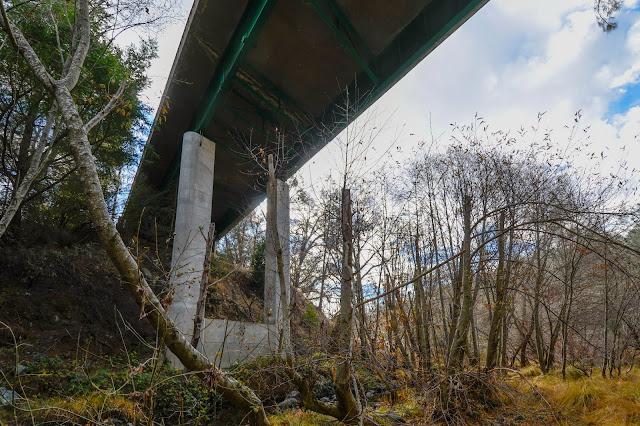![]() |
| January 2014 (26.7055 Degrees, -80.7129 Degrees) West Lake Road Bridge |
I visited my mother in Florida again this year and while I was there I took some more bridge photos. Last year I photographed Palm Beach County bridges and I continued shooting them this year. What's interesting about these structures is that they are mostly moveable bridges.
Southern Florida is dominated by Lake Okeechobee with interesting bridges connecting the mainland to islands on the sides of the lake. Today's structure is called the Belle Glade Bridge, the Torrey Island Bridge, the Point Chosen Bridge but I'm going to call it the West Lake Road Bridge (FDOT#930072) across the Okeechobee Rim Canal.
As you can see, this is a swing bridge with a pony truss superstructure. The top chords are horizontal and above the deck. The bottom chords slope upward from the center pier and the diagonal members slope downward toward the ends. I guess it's a half-hipped Allan truss bridge. The bridge cantilevers out from the center pier and so the diagonal members are in tension.
This bridge is one of the few bridges that can be swung around by hand. The bridge tender stands on the metal deck with a rod that is inserted into one of the two small gears on either side of the big central gear (see photo below). Then, they hold the handle and walk around the tool until the superstructure is parallel with the canal. A photograph of a bridge tender rotating the bridge by hand is on the
Internet.
There's a metal plaque next to the bridge with the names of the principal bridge tenders after construction was completed in 1935. Sellie 'Slim' Corbin was the tender until 1965 and Charles and Gordon Corbin were the tenders until 2005. Probably boat owners must request bridge openings weeks in advance.
.



























